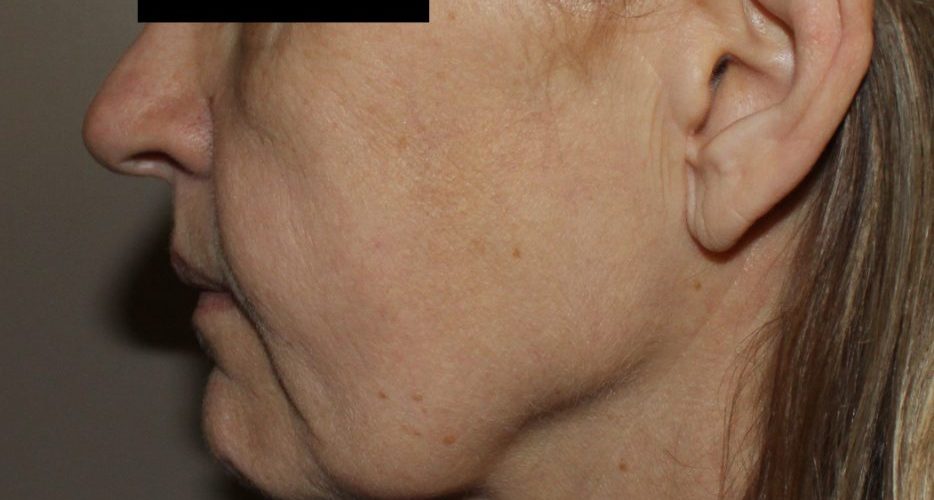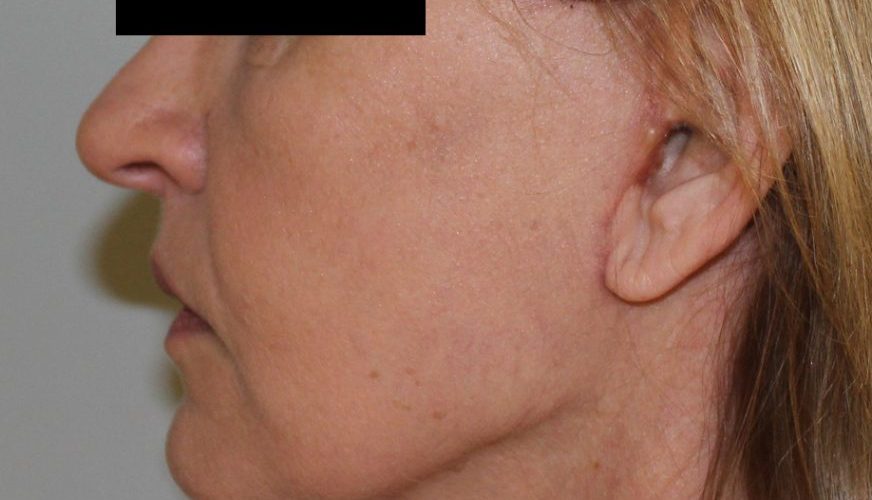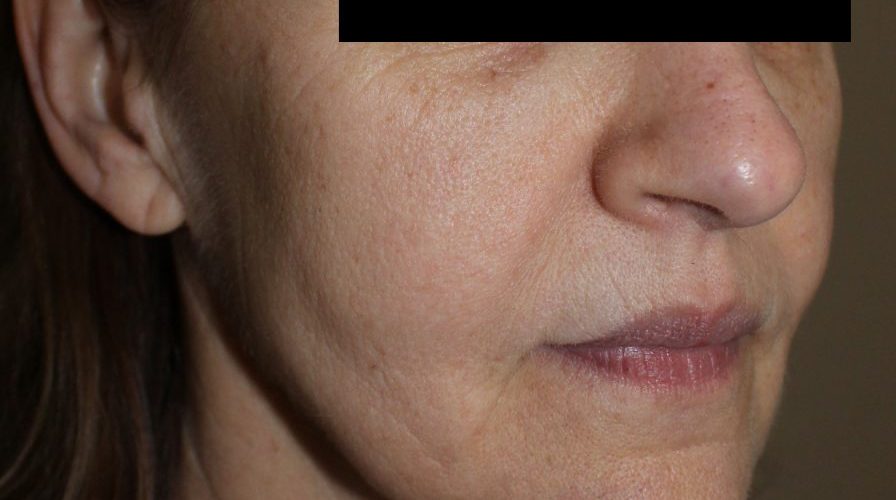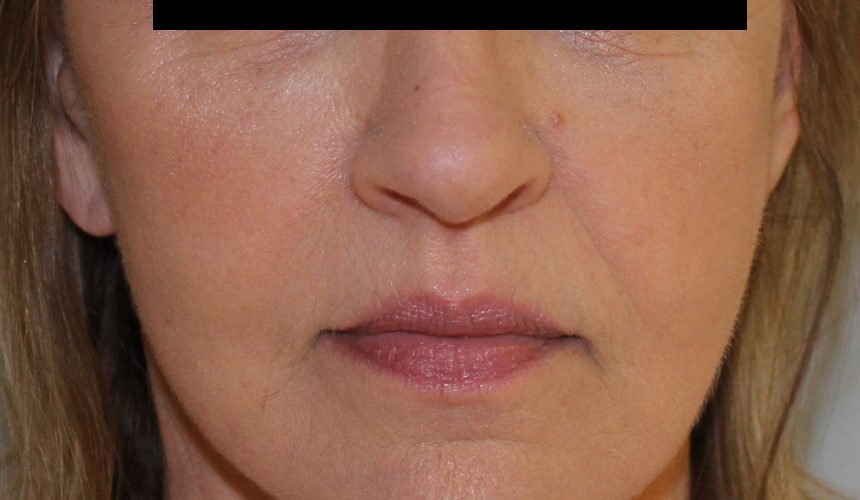(FAQs) about Full Face Lift
A full facelift procedure involves making discreet incisions around the hairline, ears, and possibly under the chin. The surgeon lifts and repositions the underlying muscles and connective tissues, removes excess fat, and redrapes the skin over the rejuvenated facial contours. The incisions are then closed with sutures or staples.
Recovery after a full facelift typically involves swelling, bruising, and discomfort, which can be managed with pain medication and cold compresses. Patients are advised to keep their head elevated and avoid strenuous activities during the initial recovery period. It may take several weeks for swelling to fully resolve, and final results to become apparent.
Like any surgical procedure, a full facelift carries risks such as infection, bleeding, scarring, and nerve damage. It’s essential for individuals considering this procedure to thoroughly research the potential risks and benefits and to consult with a qualified surgeon to determine if they are suitable candidates.
Yes, there are alternative treatments to a full facelift, including mini facelifts, non-surgical procedures like Botox and dermal fillers, and skin tightening treatments such as radiofrequency or laser therapy. These options may be suitable for individuals with less severe signs of aging or those seeking less invasive alternatives.
The results of a full facelift can last for 7 to 10 years or more, although individual results may vary. Factors such as genetics, lifestyle habits, and sun exposure can affect the longevity of the results.




